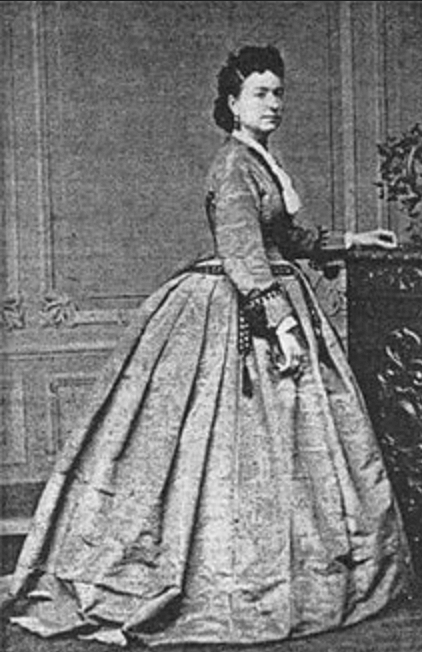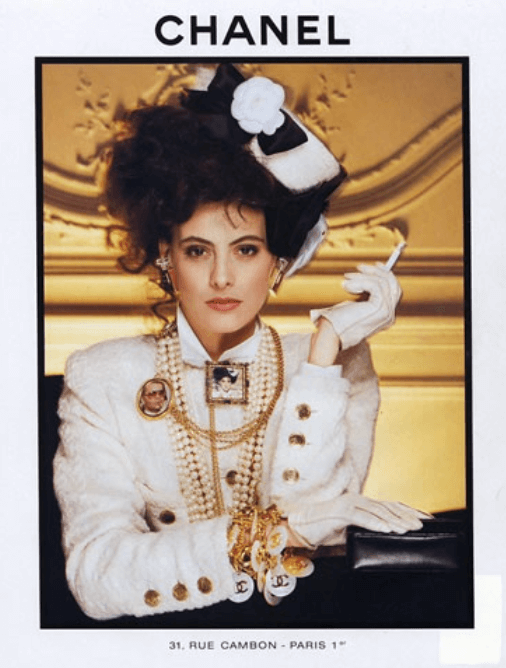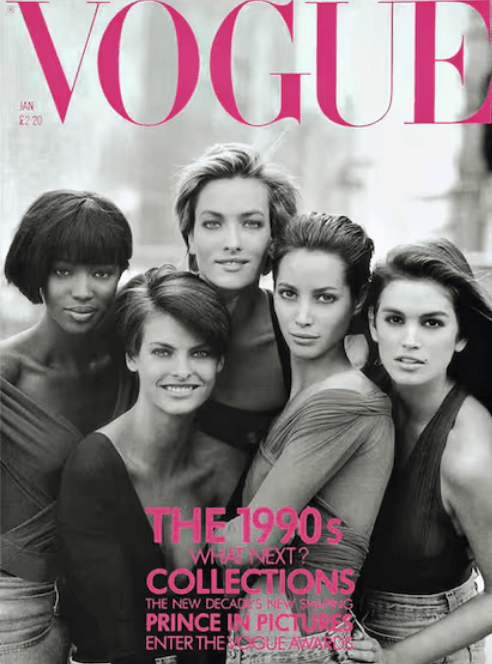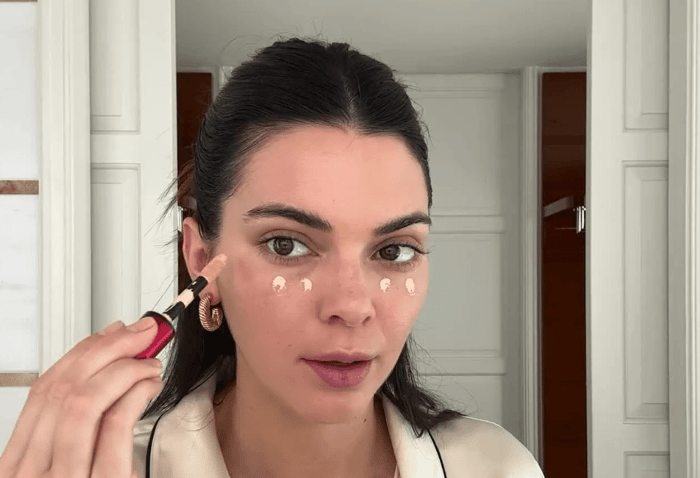Fashion Modeling Basics: Trends, Innovations, and the Future of the Industry
Table of Contents
Fashion modeling has always been a dynamic and influential part of the style world, shaping how trends are communicated and brands are represented. In the fashion world, modeling holds one of the most important and representative roles. Since the beginning of runway events, the figure of the model has been the visible face of designers and their creations, even being considered muses for the artist. Over the years, modeling has evolved from an exclusive runway elite to a presence in the digital world, in advertisements, e-commerce photos, and social media.
 We can define the art of modeling as the skill of showcasing, through poses and walks, the various garments that make up a fashion brand’s collection. Models are the link between the viewer and potential consumer and the designer, which is why their aesthetic function is tremendously important.
We can define the art of modeling as the skill of showcasing, through poses and walks, the various garments that make up a fashion brand’s collection. Models are the link between the viewer and potential consumer and the designer, which is why their aesthetic function is tremendously important.
The History of Modeling
The word “model” has its roots in the Renaissance, a time when the term was used to refer to those who posed for a portrait. After the invention of photography, the image of the model went from being a simple portrait to varying in poses and movements that gradually gained importance, being published in newspapers and magazines.
It was in the 1850s when Charles Frederick Worth, a former dressmaker, had his wife model his designs, unknowingly becoming the first fashion model as we understand the term today. Until then, garments were displayed on mannequins, but after Worth’s innovative idea, other houses began using real-life models, and thus, the modeling profession as we know it was born.
 In 1946, the first modeling agency was founded, named Ford Models, in New York, agency that remains active to this day. The figure of the model grew in popularity over the years, eventually becoming influential not only in fashion but also in culture. It was during the 1970s that the most famous models began landing million dollar contracts. Among them, we highlight Inès de la Fressange, who signed the first contract in history to become the face of Chanel (under the creative direction of Karl Lagerfeld) for a seven-year period.
In 1946, the first modeling agency was founded, named Ford Models, in New York, agency that remains active to this day. The figure of the model grew in popularity over the years, eventually becoming influential not only in fashion but also in culture. It was during the 1970s that the most famous models began landing million dollar contracts. Among them, we highlight Inès de la Fressange, who signed the first contract in history to become the face of Chanel (under the creative direction of Karl Lagerfeld) for a seven-year period.
 In the 1990s, figures like Naomi Campbell, Linda Evangelista, and Cindy Crawford emerged, debuting on the cover of Vogue in an editorial that catapulted them to stardom and turned them into the first supermodels in history. This gave rise to the term “Top Model,” referring to the most in-demand and culturally relevant faces in the industry. There was even a moment in fashion when models were more famous than the designers themselves. Their role as walking mannequins was left behind to deliver performances full of attitude and flair on every runway, captivating audiences and making headlines in the media of the time. Their faces appeared everywhere and were the ultimate reflection of the female beauty ideal: tall, athletic, and entirely hegemonic. They marked a turning point in the world of modeling.
In the 1990s, figures like Naomi Campbell, Linda Evangelista, and Cindy Crawford emerged, debuting on the cover of Vogue in an editorial that catapulted them to stardom and turned them into the first supermodels in history. This gave rise to the term “Top Model,” referring to the most in-demand and culturally relevant faces in the industry. There was even a moment in fashion when models were more famous than the designers themselves. Their role as walking mannequins was left behind to deliver performances full of attitude and flair on every runway, captivating audiences and making headlines in the media of the time. Their faces appeared everywhere and were the ultimate reflection of the female beauty ideal: tall, athletic, and entirely hegemonic. They marked a turning point in the world of modeling.

It was in the early 1990s that the modeling world began to embrace a more sensual and curvier image, largely influenced by the rise of the Victoria’s Secret fashion shows and the iconic Sports Illustrated covers. These platforms celebrated a more voluptuous, feminine figure that exuded confidence and allure. Models like Tyra Banks and Heidi Klum came to define this era with their strong, curvy silhouettes and radiant presence. For a brief moment, the industry seemed to be moving toward a more diverse and natural representation of beauty.
However, this standard shifted dramatically with the entrance of Kate Moss, whose image marked a stark contrast to the models who came before her. With her pale skin, ultra-thin frame, and detached expression, Kate introduced a look that would soon be labeled as "heroin chic." This aesthetic emphasized fragility and a kind of effortless dishevelment, completely opposite to the glamour of the previous generation. Moss's smaller stature, lack of curves, and subdued style challenged the norm and quickly became the new template for high fashion.

This shift had a lasting impact on the industry. The androgynous figure, minimal expression, and raw, stripped-back appearance that Kate embodied became synonymous with editorial and runway fashion for decades. While it sparked controversy for promoting unrealistic and potentially harmful body ideals, it undeniably redefined the concept of beauty in fashion and influenced casting decisions, styling, and branding well into the 2000s and beyond.
Technology’s Role in Fashion Modeling
With the rise of social media came an explosion of opportunities for the modeling world and a much broader diversification. Today, there are many more types of fashion modeling that require different beauty prototypes.
Innovation is redefining every aspect of fashion modeling, from casting to content creation. Social media has democratized the industry, allowing aspiring models to build their careers without relying solely on traditional agencies. Platforms like Instagram and TikTok have given rise to new stars, many of whom represent a more authentic and relatable image making models more close to the audience.

The Future of Fashion Modeling
Looking ahead, fashion modeling will continue to blend traditional elements with digital innovation. Hybrid careers are emerging, where models work both in real life and in digital spaces, collaborating with brands across multiple platforms. This includes virtual campaigns, livestream shopping, and interactive experiences that redefine the connection between model, brand, and consumer.
As artificial intelligence becomes more sophisticated, we may see models generated by machines that are nearly indistinguishable from real people. While this raises questions about authenticity, it also opens the door for more experimentation and creativity. In this path it is worth mentioning Modelia, an innovative startup that allows users, with just one image of a garment, to generate highly realistic visuals of virtual models wearing their pieces, making it easier than ever to create professional content for e-commerce, social media, or marketing campaigns. This is the future of fashion modeling, in a world where models are that important to promote fashion brands in social media, Modelia allows them to generate model images in just seconds, avoiding time and budget problems.
 Create your own Top model with Modelia! Virtual models, created through advanced design and animation software, are now being used in advertising and digital runways. These virtual personalities can be styled, posed, and placed in any scenario without physical limitations, offering brapoonds a new level of creative control.
Create your own Top model with Modelia! Virtual models, created through advanced design and animation software, are now being used in advertising and digital runways. These virtual personalities can be styled, posed, and placed in any scenario without physical limitations, offering brapoonds a new level of creative control.
Despite all these changes, the essence of fashion modeling remains the same, it is about storytelling, visual impact, and the ability to inspire. The tools may evolve, but the mission stays rooted in human connection and self-expression.
A New Era for Fashion Modeling
Fashion modeling is entering a new chapter. Driven by technology, diversity, and a shift toward ethical practices, the industry is more accessible and innovative than ever. Whether you are an aspiring model, a fashion enthusiast, or a brand looking to stay ahead, understanding these changes is key. As the lines between physical and digital worlds continue to blur, fashion modeling is set to remain a powerful force in shaping how we see and engage with style.
Subscribe to the Modelia newsletter for the latest updates and stay ahead in the world of fashion and AI
How would you rate this article:
Related Articles
- Artificial Intelligence in Fashion: Transforming Design, Marketing and Modeling
- Design Eye-Catching Magazine Covers with AI
- How to Style Oversized Blazers: 5 Chic Outfit Ideas
- How to Transition Your Wardrobe from Summer to Fall Fashion
- Influencer Marketing for Small Business: Step by Step Guide
- Fashion Sketch Templates for Your Next Collection
- The Best Fashion Blogs to Follow for Daily Style Inspiration
- AR Magic Mirror: How Augmented Reality is Transforming Fashion Retail and Shopping Experiences
- Best 5 AI Color Changer Tools to Instantly Transform Images and Visual Content
- Best AI Fashion Design Software You Must Try


